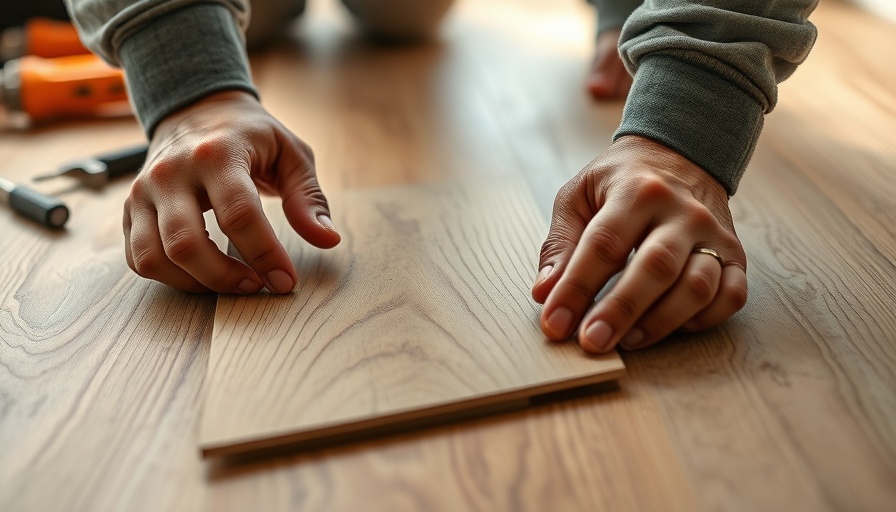
Understanding Smoke Alarms: Essential Lifesavers in Every Home
Smoke alarms are integral to home safety, designed to save lives by detecting smoke from fires, not just flames. As Kevin Feak, a licensed fire protection engineer, explains, these devices work by triggering an alert when they detect smoke particles in the air. Homeowners often mistakenly refer to these alarms as fire alarms, but in reality, they are smoke detectors. The technology used in most homes today includes ionization and photoelectric sensors, each sensitized to different types of fires, ensuring early detection for residents to escape safely.
Why Do Smoke Alarms Malfunction?
If you've ever been frustrated by the unyielding beeps of a smoke alarm when there’s no fire, you're not alone. These false alarms can be attributed to several causes:
- Improper Placement: Smoke alarms should be installed away from cooking appliances, which can inadvertently trigger alarms. Ideally, they should be located at least ten feet away from kitchens to minimize nuisance alarms while adequately protecting against real fire hazards.
- Humidity and Steam: Alarms located near bathrooms can confuse steam from showers with smoke particles. Thus, positioning smoke detectors away from these humid environments is crucial to prevent unnecessary alarming.
- Insects: Believe it or not, insects can enter alarm chambers and cause malfunctions. Routine maintenance should include checking for and cleaning out any bugs that may be stuck inside.
- Smoke Detector Sensitivity: Some local building codes may not recommend certain types of detectors for residential applications due to their sensitivity. The NFPA suggests using a combination sensor that can effectively detect both smoke and carbon monoxide.
- Age and Malfunctioning Systems: Like any device, smoke detectors can wear out over time. Regularly replacing your detectors every ten years is vital, as aging devices may trigger false alarms.
Proactive Steps to Reduce False Alarms
To maintain peace in the home and ensure that alarms are functioning correctly, consider these actionable tips:
- Regular Testing: It's crucial to test smoke alarms monthly and replace batteries at least once a year, even if the alarm does not emit its low-battery chirp.
- Placement Considerations: Rethink the placement of your smoke alarms. Installing them too close to cooking areas or bathrooms can lead to false alarms. Seek a location that facilitates maximum coverage without proximity to humidity or cooking smoke.
- Professional Installation: Hiring a reputable fire safety company to install your smoke detectors can make a difference in preventing faulty alarms and ensuring maximum safety.
Spotting Symptoms of an Overly Sensitive Alarm
If you find that your smoke detector frequently goes off without reason, it may be a sign of excess sensitivity. Adjusting the sensitivity or relocating the detector is often an essential step. Using a calibrated smoke detector test spray can help evaluate how your alarms respond, enabling you to make adjustments as needed for optimal performance.
The Importance of Not Ignoring the Alarm
Even if your smoke alarm appears to be going off for no legitimate reason, ignoring it should never be an option. As Susan McKelvey from the NFPA highlights, the majority of fire-related fatalities occur in homes without functional alarms. Regular checks and replacing outdated detectors can significantly reduce the risk. Remember, your smoke detector is designed to alert you—never take that lightly.
Conclusion: Ensuring Your Home's Safety
In conclusion, keeping your smoke alarms in good working order is crucial for the safety of your home. Don’t let false alarms become the norm; by understanding their causes and taking preventive measures, you can ensure your family’s protection. If you're experiencing frequent false alarms or are unsure of your smoke alarm’s condition, it’s time to take action. Head to your local store or reach out to a fire safety professional today. Your family's safety is worth it!
 Add Row
Add Row  Add
Add 




Write A Comment